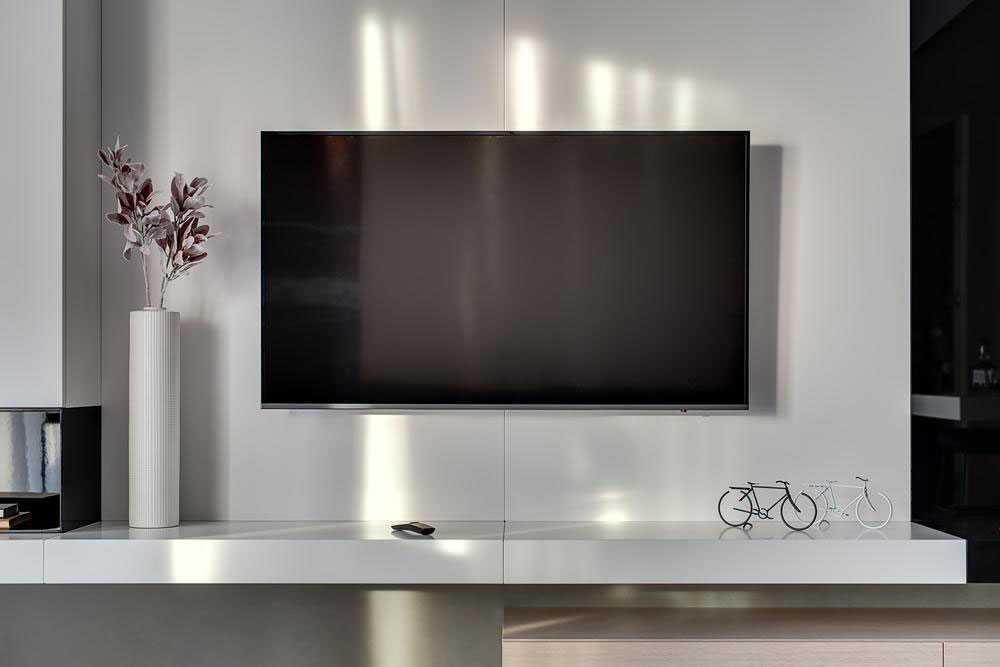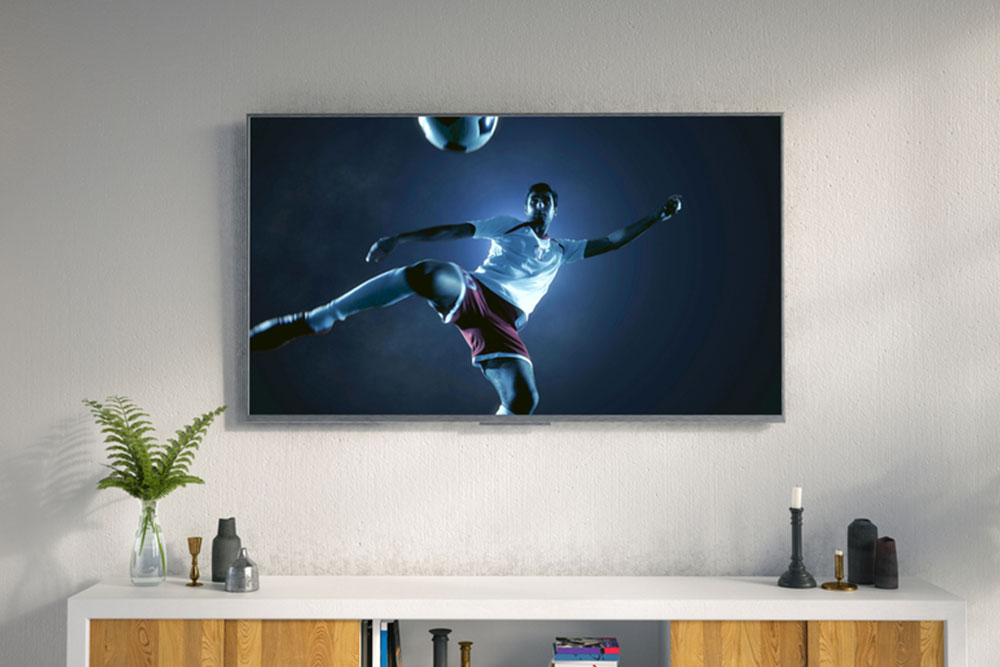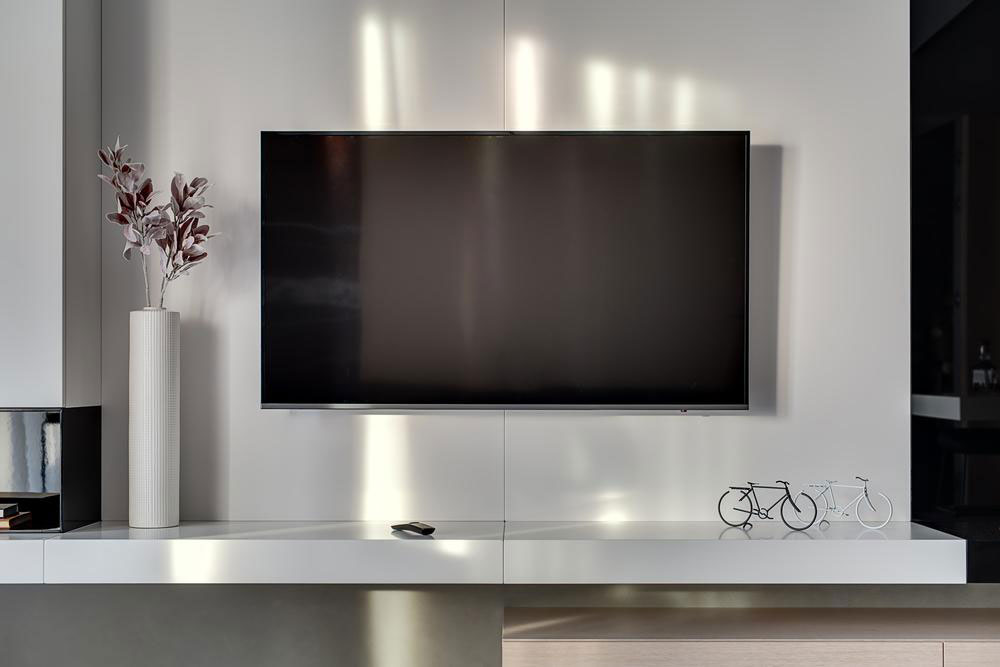Choosing the Right TV: Top Technology for Stunning Image Quality and Value
Learn about the key differences between OLED and LCD TVs to choose the best display technology for your needs. This guide covers picture quality, technology, and cost considerations, helping consumers make informed decisions about their TV purchase. Find out why OLED offers superior contrast and color, while LCD provides an affordable alternative with good picture quality. Understanding these technologies ensures you get the most value for your money with your new TV.

Choosing the Right TV: Top Technology for Stunning Image Quality and Value
In the competitive landscape of modern televisions, two main technologies dominate: OLED and LCD. While they share some features, their differences significantly impact viewing quality. OLED TVs quickly gained popularity for their deep black levels and vibrant colors, offering an exceptional visual experience. Historically, custom TVs, known for superior picture clarity, held an edge due to their rich display quality. Price disparities between premium LCD and OLED models also influenced consumer choices.
During the early 2000s, the TV market saw a rivalry mainly between LED/LCD and plasma screens, with cost playing a vital role in buyers' decisions.
Recently, plasma TV production has declined, shifting focus to advanced display technologies like OLED and QLED from brands such as Samsung. Custom LCD TVs often utilize LED backlighting—where small LEDs illuminate the screen from behind. In contrast, OLED screens feature self-illuminating pixels, each capable of producing light independently, resulting in superior contrast and black levels.
LED technology, short for Light-Emitting Diodes, involves tiny semiconductor devices that emit light when electrons move through them. As LCDs became the preferred choice, LED backlighting became standard, replacing older fluorescent and incandescent methods.
While LEDs are compact and capable of producing bright light, they cannot serve as individual display pixels due to their size. Hence, they are utilized exclusively as backlights for LCD panels. Despite improvements like local dimming, LED TVs often struggle to produce true blacks and can suffer from light bleed, where bright areas spill over into darker regions.
OLED TVs tend to be pricier, and although discounts are available, prices remain higher than LCDs. Consumers seeking high picture quality on a budget may find LCD options more suitable. Ultimately, the choice depends on whether viewers prioritize picture clarity or affordability.










